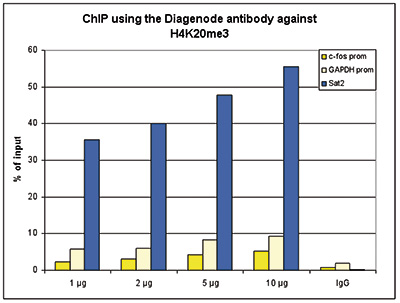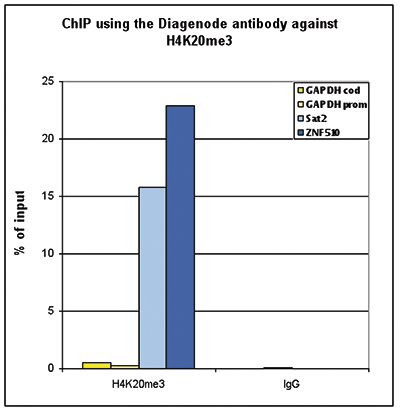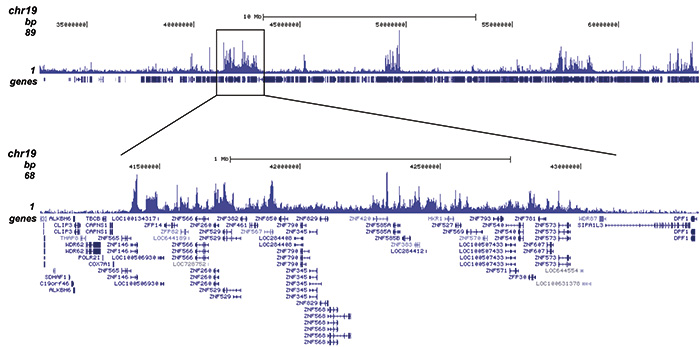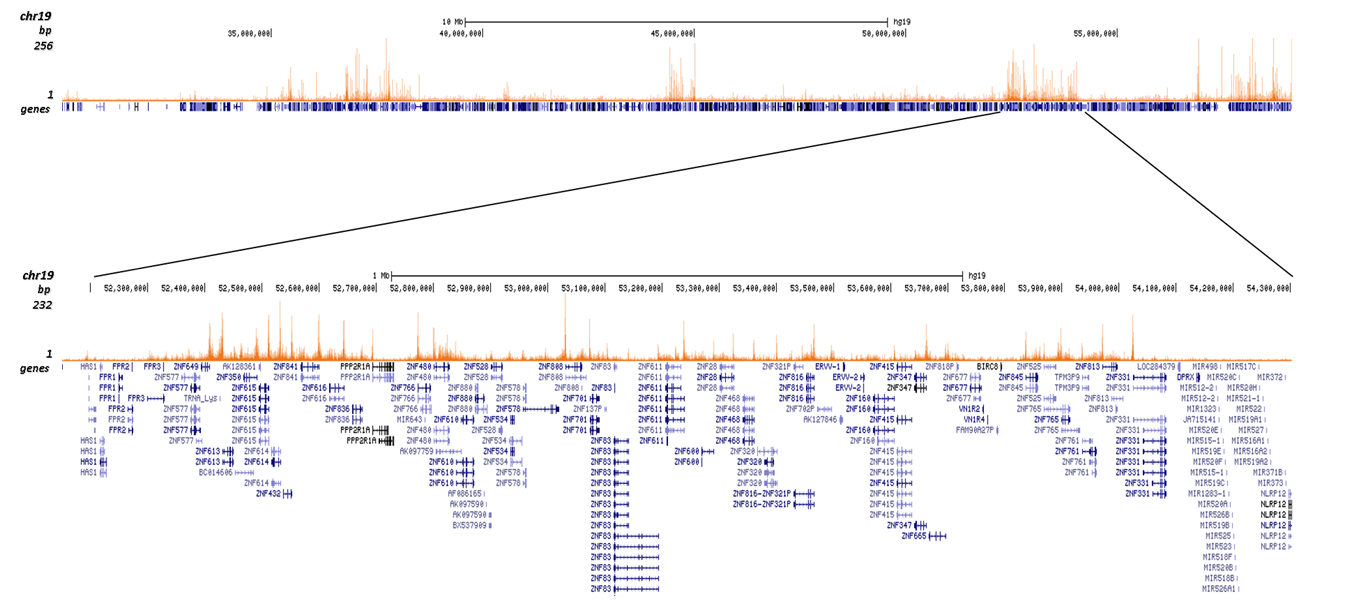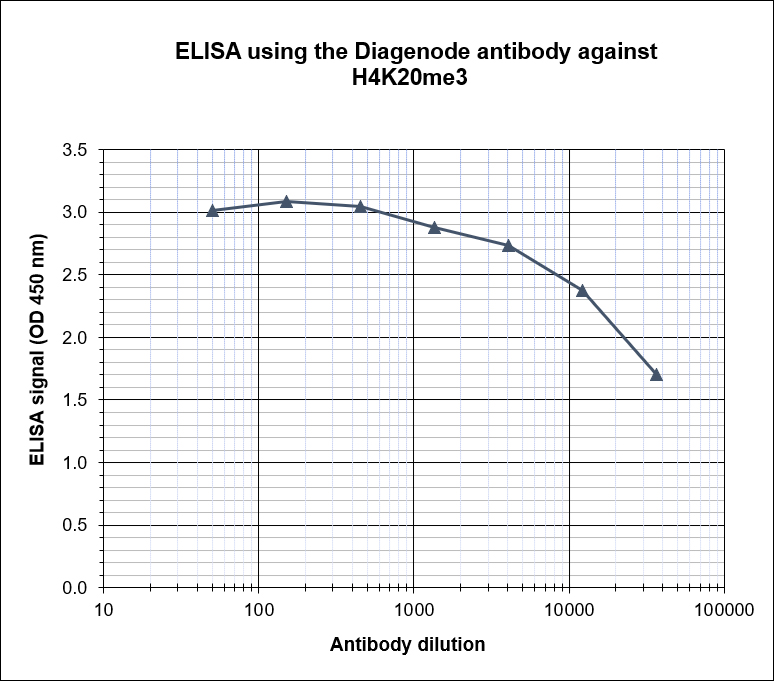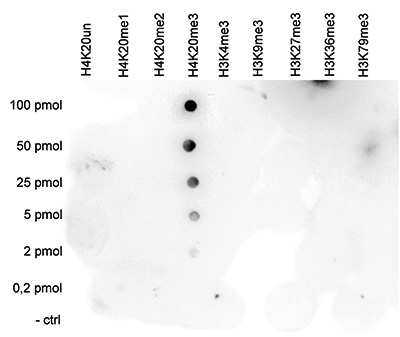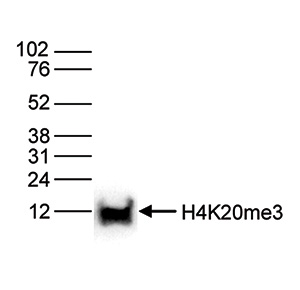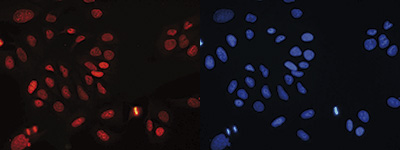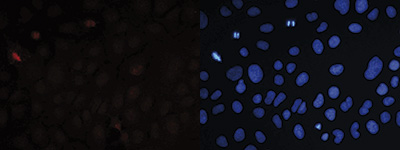Figure 1. ChIP results obtained with the Diagenode antibody directed against H4K20me3
ChIP assays were performed using human HeLa cells, the Diagenode antibody against H4K20me3 (Cat. No. C15410057) and optimized PCR primer sets for qPCR. ChIP was performed with the “Auto Histone ChIP-seq” kit (Cat. No. C01010022) with sheared chromatin from 1 million cells using the SX-8G IP-Star automated system. A titration of the antibody consisting of 1, 2, 5, and 10 μg per ChIP experiment was analysed. IgG (1 μg/IP) was used as negative IP control. QPCR was performed with primers for promoters of the active genes c-fos (Cat. No. C17011004) and GAPDH (Cat. No. C17011047), used as negative controls, and for the Sat2 satellite repeat region used as a positive control. Figure 1 shows the recovery, expressed as a % of input (the relative amount of immunoprecipitated DNA compared to input DNA after qPCR analysis).




